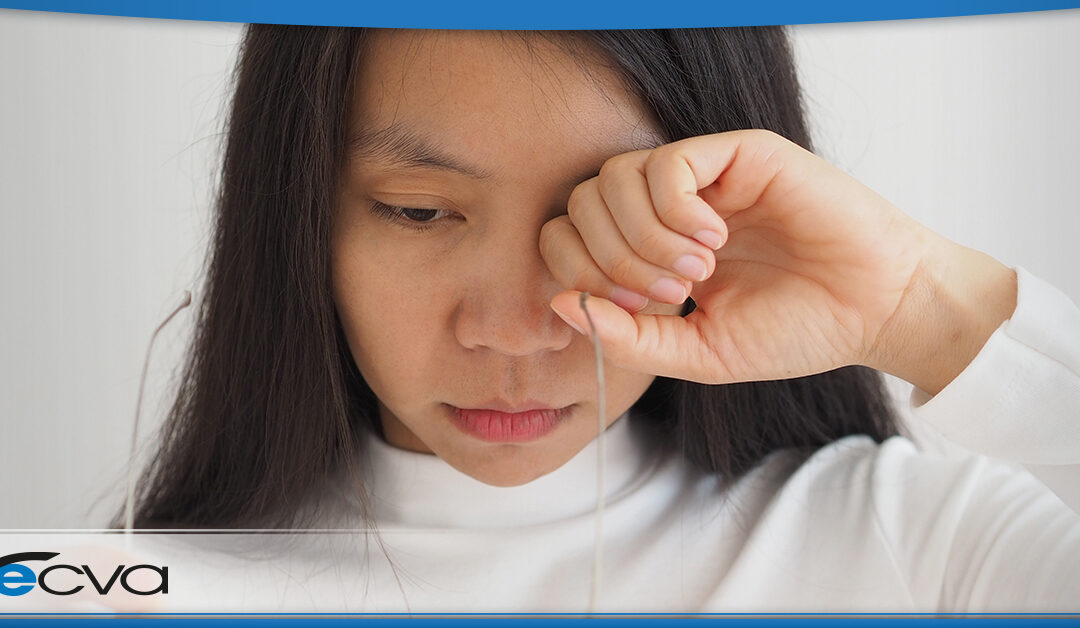
by ecvaeyeadminz | Apr 21, 2022 | Eye Health
When it comes to vision problems, refractive errors are the most common ones that people experience. With these, the shape of the eye or its ability to focus light changes, causing different kinds of visual acuity issues or visual anomalies. Since refractive...

by ecvaeyeadminz | Mar 9, 2022 | Eye Health
Many people have questions about their eyes and vision, particularly regarding visual changes, discomfort, and safety. If you’re one of them, here is a look at some frequently asked questions about eyes. Do Wearing Readers Make Your Eyesight...




